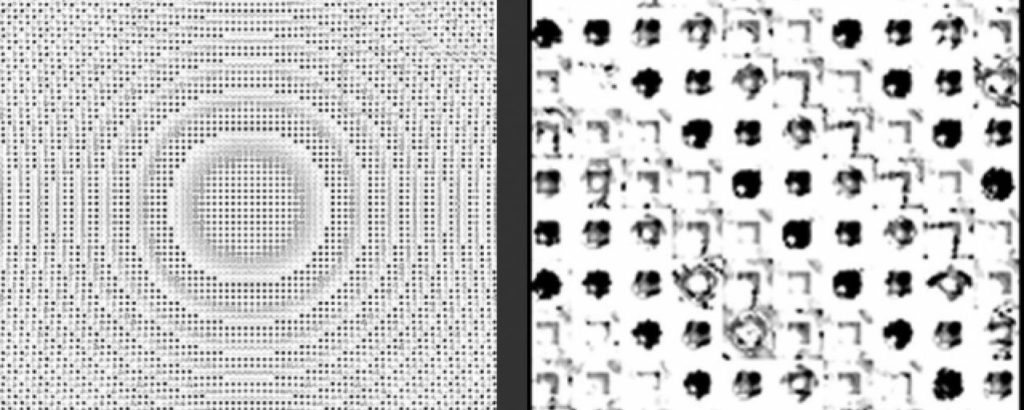“Most of us know optical lenses as curved, transparent pieces of plastic or glass, designed to focus light for microscopes, spectacles, cameras, and more. For the most part, a lens’ curved shape has not changed much since it was invented many centuries ago.
In the last decade, however, engineers have created flat, ultrathin materials called “metasurfaces” that can perform tricks of light far beyond what traditional curved lenses can do. Engineers etch individual features, hundreds of times smaller than the width of a single human hair, onto these metasurfaces to create patterns that enable the surface as a whole to scatter light very precisely. But the challenge is to know exactly what pattern is needed to produce a desired optical effect.
That’s where MIT mathematicians have come up with a solution. In a study published this week in Optics Express, a team reports a new computational technique that quickly determines the ideal makeup and arrangement of millions of individual, microscopic features on a metasurface, to generate a flat lens that manipulates light in a specified way.
Previous work…”
For More: https://www.ecnmag.com/news/2019/05/mathematical-technique-quickly-tunes-next-generation-lenses
